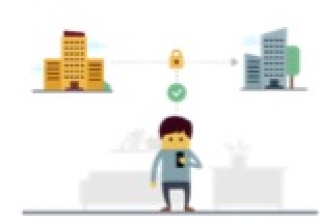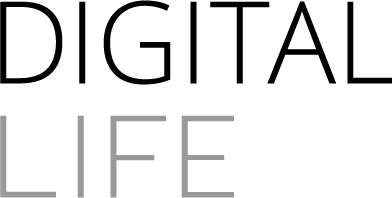Demonstrator for the Digital Trust Infrastructure
31-07-2021

The past few months, a demonstrator has been developed for the project Digital Trust Infrastructure (DTI) based on the drawn up architectural vision and two use cases.
In order to realize the DTI, the architectural vision was first constructed, for taking logical successive steps in the operationalization of the necessary building blocks and thus the Digital Trust Infrastructure as a whole. During the past months, as a first step, the demonstrator was developed based on two use cases.
In the first use case, timely data regarding the accessibility of roads and bridges becomes available to the Amsterdam Safety Region in the event of an incident. In the second use case, residents' data about their home and relevant objects that are there present, is shared with the fire brigade in the event of a fire at the residents' address.
The DTI demonstrator was developed in an agile manner in five design sprints. The focus of the development was on the generic parts of the two use cases, so that these can be reused in other use cases;
1. Further development of the Digital House, in which residents can manage and control their data and permissions in their entirety.
2. Integration of NLX as a building block for connectivity, so that organizations can access data in real time at the source holder organisation.
3. A resident app for granting permission to organizations for access to specific data.
With these building blocks the power and operations of the DTI can be demonstrated. In addition, these are available for reuse in other use cases where there is a need for home and/or resident-related information or the cross-sectoral sharing of information between organizations. For example, the integration of the NLX in the DTI means that data from different systems within different municipalities can be shared easily and securely with all kinds of organizations that want to use it, provided they meet the conditions set by the municipality, of course.
When an organization offers data according to a certain standard, it can be included as a service in the NLX. The NLX then makes it possible to make this service available to authorized parties under certain conditions. With good documentation, technology no longer forms a barrier for secure data sharing. Now it depends on policy, business, user needs and regulations to determine what can and cannot be shared and for what purpose. The combination of the two use cases also makes it possible for organizations to, after permission from the resident, retrieve information from the municipality about a resident and/or their home, in use cases where the municipality is the orginal source holder for the information involved. That permission then forms the condition for access to a service that can be accessed via the NLX.
Because we worked in an agile way, the focus was on the functionality that had the most added value, based on the wishes of the stakeholders involved. There are a number of topics that are desirable to add for the next phase, such as the integration of IRMA for logging, sharing data only once, and signing permissions. In addition, a lot has been learned about the desired UX/UI of the digital house, there is a design plan to further implement and improve this. This also includes a focus on embedding public values.
In this phase, the environment for development and management was set up for the generic components of the DTI. This is facilitated by SIDN. All components are open source published on Gitlab.
If organizations are interested in further developing the DTI in the context of their own n-to-n data sharing issues, please contact the team!

